Energy is likened to the blood vessels that nourish and operate the economy; in which, electricity is the main and most important source of energy. Therefore, using electricity economically, effectively, and avoiding waste is a requirement in all fields, from production to life.
 Construction and installation of positioning frame for the 500KV Transmission Line Project of Nam Dinh 1 Thermal Power Plant - Thanh Hoa. Photo: Minh Hang
Construction and installation of positioning frame for the 500KV Transmission Line Project of Nam Dinh 1 Thermal Power Plant - Thanh Hoa. Photo: Minh Hang
Electricity loss is still large
In recent years, Vietnam has been ranked among the countries with the highest GDP growth rate in the region. Along with economic growth, the demand for energy, especially electricity, has also increased rapidly. In the period 2011-2019 alone, Vietnam's energy growth rate reached about 7%; however, the growth rate of electricity demand was much higher, reaching about 9.5%. However, as a developing country, compared to other countries in the region and the world, Vietnam's electricity waste is quite common.
In that general context, Thanh Hoa is also one of the localities with an increasingly high rate of electricity demand growth. This comes from the need for local socio-economic development. Accordingly, in the first 6 months of 2024 alone, the growth rate of gross regional domestic product (GRDP) is estimated at 11.5%; of which, the industrial production index (IIP) is estimated to increase by 15.8% over the same period. There are 17/18 main industrial products that increased, some products increased sharply, such as: fuel oil increased by 33.9%, engine gasoline increased by 23.3%, sports shoes increased by 15.9%, iron and steel of all kinds increased by 12.2%, ready-made clothes increased by 11.6%... In fact, these are also industries that "consume" a large amount of electricity.
According to calculations by Thanh Hoa Electricity Company, in the output structure of economic sectors in Thanh Hoa province, the consumption output of the industrial sector accounts for the largest proportion of the total commercial electricity output. Specifically, in 2023, the electricity output of the industrial sector is 3,968.59 million kWh, accounting for 55.87%; it is estimated that in 2024, the electricity output of the industrial sector is 4,477.53 million kWh, accounting for 56.43%.
However, along with the growth rate of the industry in general and key industrial products in particular, Thanh Hoa is also one of the localities with a relatively high rate of power loss. According to Thanh Hoa Electricity Company, Thanh Hoa's cumulative power loss rate in the first 6 months of 2024 was 3.89% (0.08% lower than the annual plan and 1.29% lower than the same period). With this figure, Thanh Hoa's power loss rate is the 14th lowest out of 27 provinces and cities.
Objectively speaking, in recent years, along with the investment in building 12 new 110kV transformer stations (TSAs) and focusing on renovating and repairing the power grid to ensure stable power supply for socio-economic development, Thanh Hoa's power loss rate has decreased over the years (from 5.64% in 2020 to 3.89% in the first 6 months of 2024). However, the figure of 3.89% is still quite high. According to experts, inefficient use of electricity or waste of electricity will cause additional costs, pose risks to economic development; affect the lives and sustainable development of the community; and further, have a negative impact on energy security, wasting resources...
The waste in electricity use in Thanh Hoa comes from many objective and subjective reasons. In particular, Thanh Hoa is a province with a large power supply area, spread over many terrain areas, and the population is unevenly distributed, causing the medium-voltage distribution grid to have lines over 200km long. Meanwhile, the medium-voltage grid still has many voltage levels of 6kV, 10kV, 22kV, 35kV (with 4 6kV lines, 41 10kV lines and 26 intermediate transformer stations), which have been in operation for many years, the equipment is not synchronized, leading to the voltage quality being affected, the low-voltage power lines are soon overloaded, causing difficulties in management and operation. Another very noteworthy situation is that the low-voltage grid infrastructure receiving rural areas is now degraded, the cross-section conductors are small, the lines are long (many transformer stations have a length from the station to the farthest load >2km) leading to low voltage; While annual investment capital is still limited, it is not possible to renovate and upgrade thoroughly. In addition, in recent years, due to hot weather with high and prolonged temperatures, leading to increased electricity demand and peak electricity usage being shifted to the night, it has been causing difficulties in management and operation, balancing and reversing the phase of the power grid...
Community responsibility
Although the structure of electricity sources in our country is quite diverse, thermal power and hydropower are still the two most basic and important sources of electricity serving socio-economic development. However, these are also types of electricity that the larger the output, the more non-renewable energy resources and the environment must be "traded off". Typically, the cement industry is considered an industry that consumes a lot of electricity, with the average consumption calculated to be about 100kWh of electricity/ton of cement. Not to mention, cement production must use limestone and coal as raw materials and emit millions of tons of CO2 into the environment each year. Therefore, all areas of life and production, especially industrial production, must pay special attention to using electricity effectively and avoiding waste.
First of all, to prevent electricity waste from becoming an "incurable disease", the decisive requirement is that the relevant authorities must apply management and technical measures to reduce losses in the process of transmitting, distributing, and converting energy to the end user. Accordingly, Thanh Hoa Electricity Company needs to develop plans, operating methods, and scenarios for power supply in 2024 that are most suitable and effective. At the same time, optimize the operation of the distribution grid to effectively use primary energy sources and reduce power losses in the system. Implement technical management solutions, invest in, renovate and upgrade the grid; strengthen technical management, limit incidents, ensure safe, stable, and reliable grid operation, reduce power losses, and ensure power quality. In addition, actively coordinate with departments and branches in checking electricity usage capacity compared to the registered load chart of a number of large customers in the province.
Thanh Hoa is a locality with the 500kV line 3 Quang Trach - Pho Noi running through it. Therefore, with the close and drastic direction of the Provincial Party Standing Committee, the participation of the entire political system in site clearance and construction support; the requirement for Thanh Hoa Electricity Company is to propose appropriate technical solutions to reduce the time of power outage when constructing the 500kV line through intersections with 220kV, 110kV and medium and low voltage lines. From there, it is necessary to ensure that the project is completed on schedule as directed by the Prime Minister, while ensuring the maintenance of electricity supply for production and life in the province. In addition to immediate solutions, in the long term, accelerating the progress of investment, construction and putting into operation of power projects, especially key projects, will be an important basis for providing safe and effective power supply for socio-economic development as well as people's lives and activities.
The above solutions are prerequisites and foundations. At the same time, each industry and sector, especially industry - the component that accounts for a high proportion of total commercial electricity output - needs to have plans to manage and optimize electricity, as well as take specific actions to save and avoid wasting electricity in the production and business process.
Every year, Son Trang Thanh Hoa Tunnel Brick Joint Stock Company (located in Hoang Trung commune, Hoang Hoa) uses nearly 2 million kWh of electricity (it is one of 5 customers using electricity with an output of 1 million kWh/year or more, managed by Hau Loc Electricity). Mr. Le Ngoc Phuong, the company's executive director, said: To reduce electricity costs, the company has installed frequency converters for motors to reduce electricity consumption. At the same time, the summer working hours have been shifted (instead of 7am-11am to 4:30pm-8:30pm) to avoid peak hours and high electricity prices, while ensuring health conditions for workers...
According to a survey by the Ministry of Industry and Trade, the potential for technical energy savings in many industries can reach 20-30%. However, to achieve this figure, businesses must invest in modern technology with the ability to optimize energy savings. However, in reality, in Thanh Hoa today, the number of small and medium enterprises accounts for 90% and most of them are using outdated technology. Meanwhile, financial capacity is still weak, so the ability to invest in modern technology, circular technology associated with energy saving is very limited. Not to mention, there are still many businesses that have not built a sustainable development strategy, along with strong commitments to energy saving.
Article 9 of the Law on Economical and Efficient Use of Energy clearly stipulates the responsibility of industrial production establishments to use energy economically and efficiently. Accordingly, industrial production establishments must develop and implement annual plans for economical and efficient use of energy. At the same time, they must apply standards, technical regulations, and norms on energy use prescribed by competent State agencies; select and apply advanced production management processes and models, appropriate technological measures, and high-energy-efficiency technological equipment; use alternative forms of energy with higher efficiency in the production line. At the same time, they must implement operating procedures, maintenance regimes, and maintenance of vehicles and equipment in the production line to prevent energy loss; gradually eliminate vehicles and equipment with outdated technology and consuming a lot of energy according to regulations of the Prime Minister...
Thus, the use of energy economically and efficiently has been stipulated by law. Therefore, using energy economically and preventing waste of electricity is an obligation, a responsibility, a mandatory requirement that every enterprise must comply with. On the other hand, using electricity effectively and avoiding waste also contributes to improving the production and business efficiency of the enterprise. Therefore, saving and preventing waste of electricity must truly become a habit, must be included in the awareness and action of each enterprise, for the benefit and sustainable development of that enterprise.
Le Dung
Lesson 4: Green economy: Thanh Hoa accompanies.
Source: https://baothanhhoa.vn/to-quoc-can-dien-nhu-co-the-can-mau-bai-3-khong-de-lang-phi-dien-thanh-mot-can-benh-221771.htm


![[Photo] Summary of parade practice in preparation for the April 30th celebration](https://vstatic.vietnam.vn/vietnam/resource/IMAGE/2025/4/11/78cfee0f2cc045b387ff1a4362b5950f)

![[Photo] "Beauties" participate in the parade rehearsal at Bien Hoa airport](https://vstatic.vietnam.vn/vietnam/resource/IMAGE/2025/4/11/155502af3384431e918de0e2e585d13a)

![[Photo] Looking back at the impressive moments of the Vietnamese rescue team in Myanmar](https://vstatic.vietnam.vn/vietnam/resource/IMAGE/2025/4/11/5623ca902a934e19b604c718265249d0)



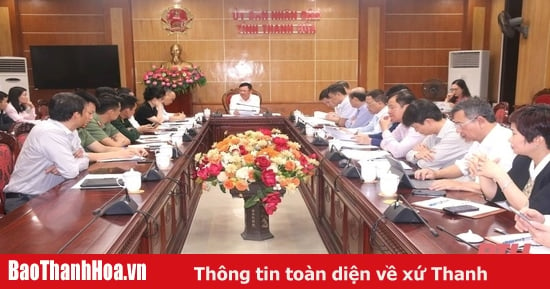



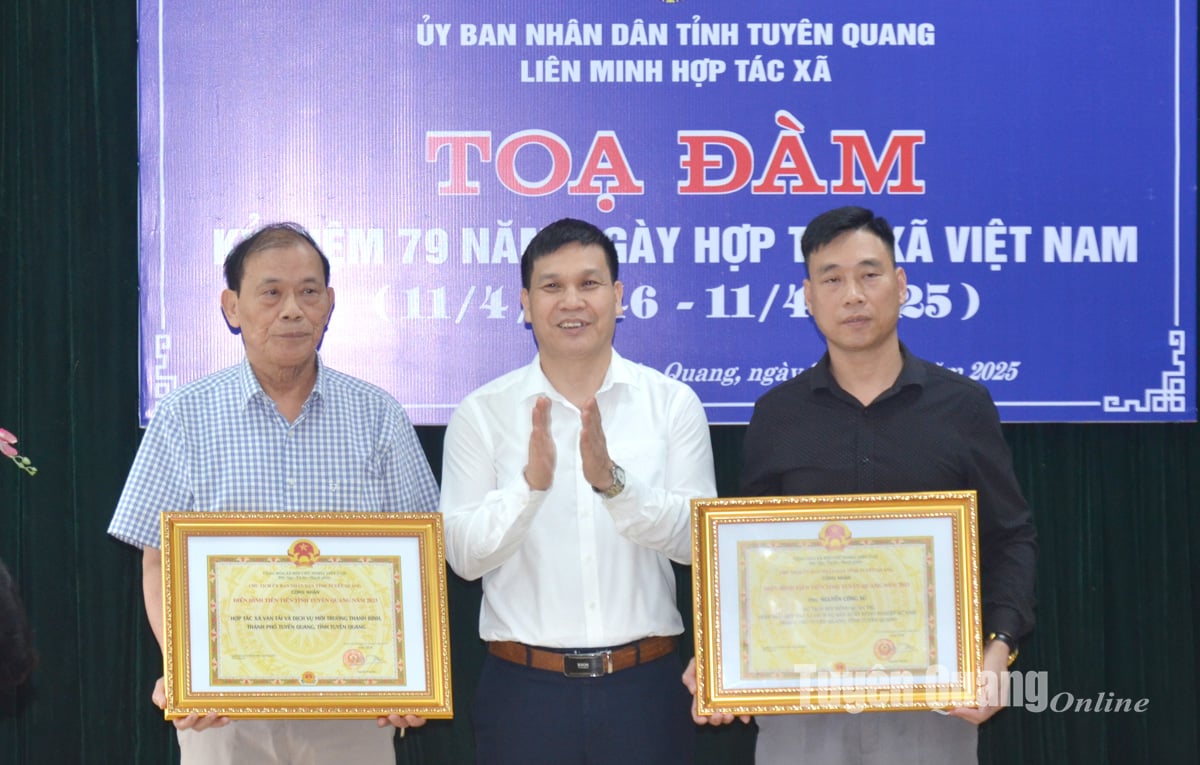



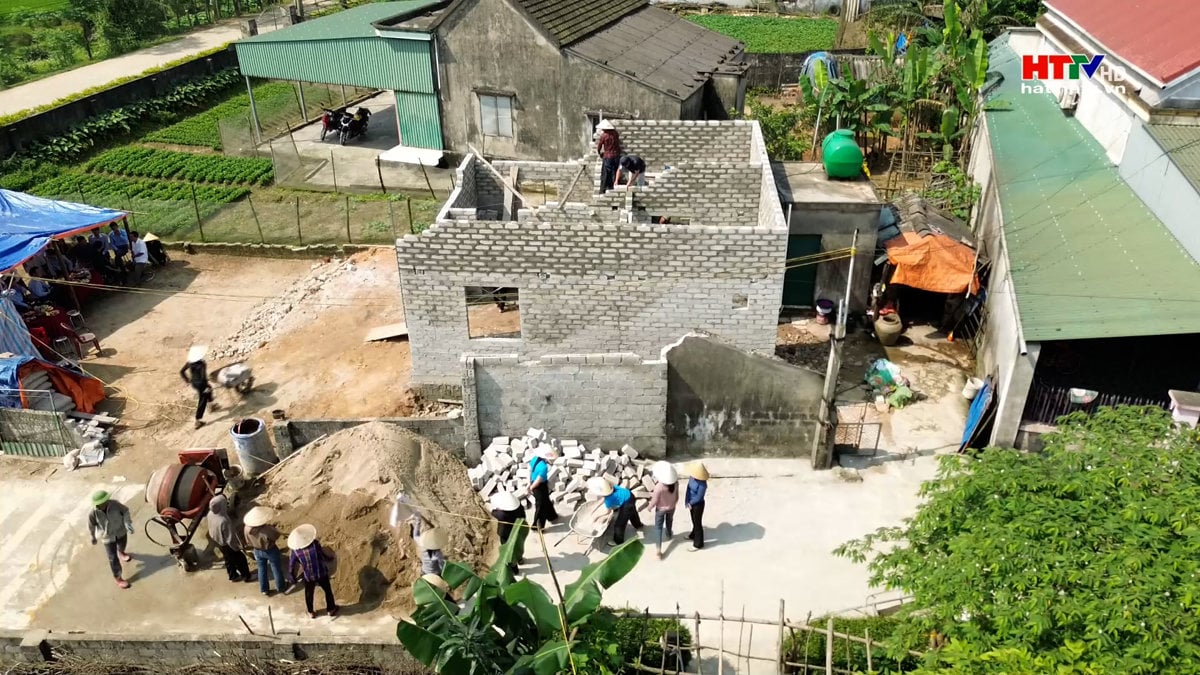
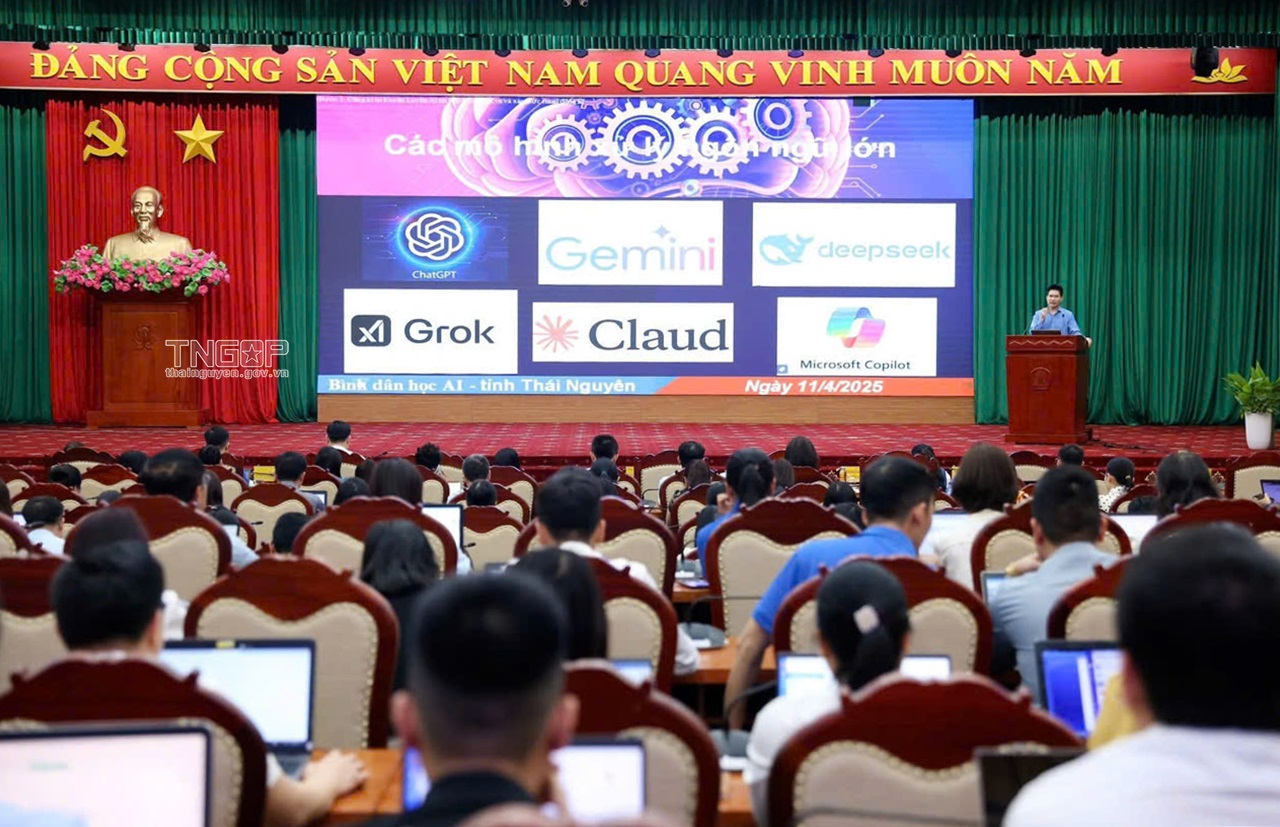

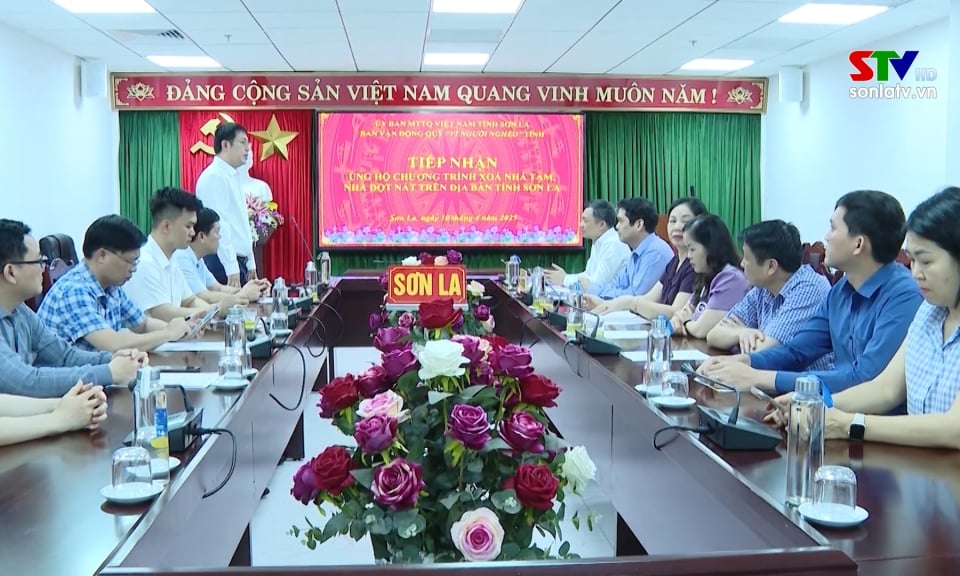

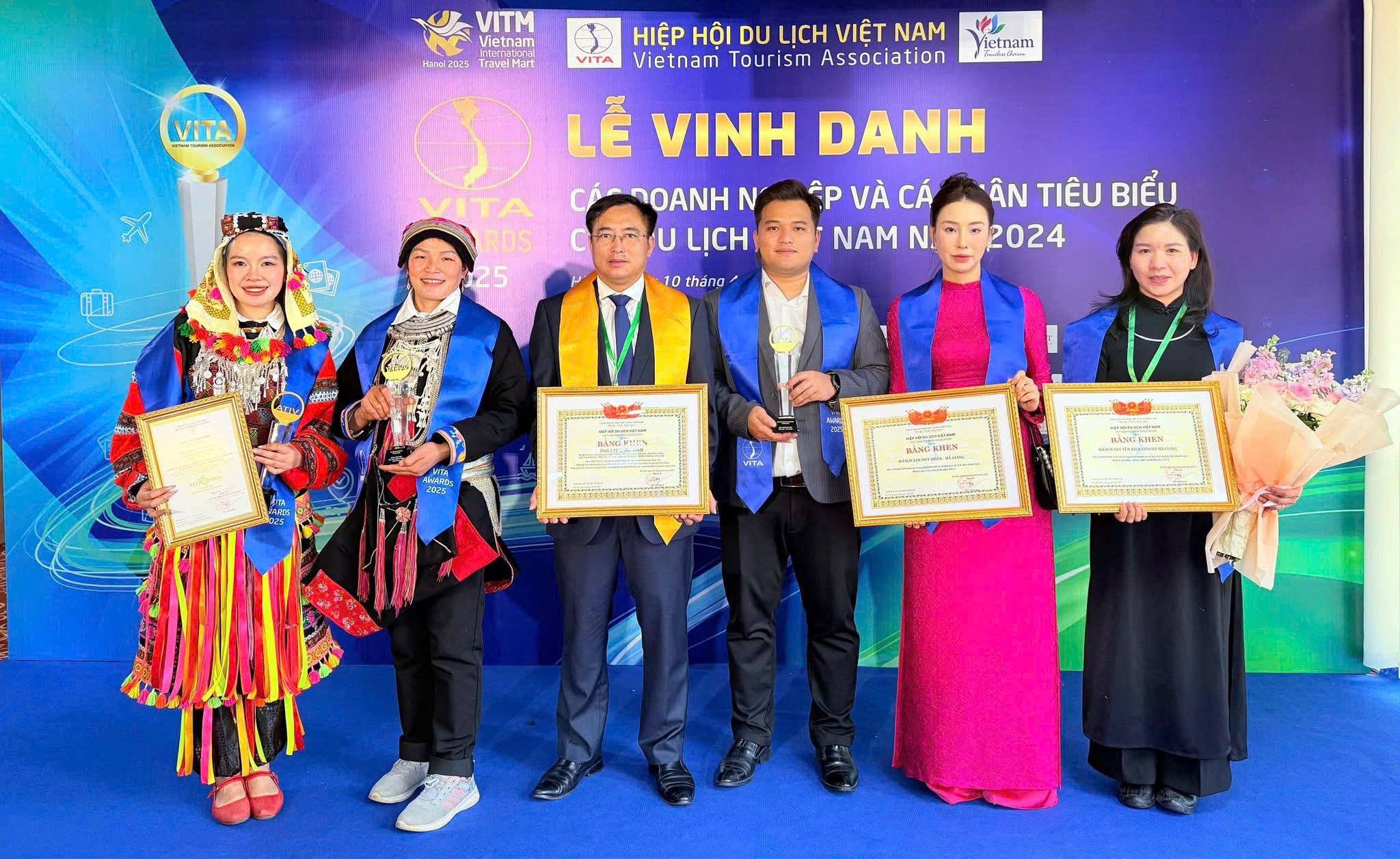




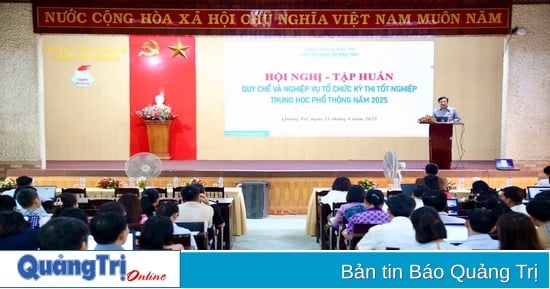


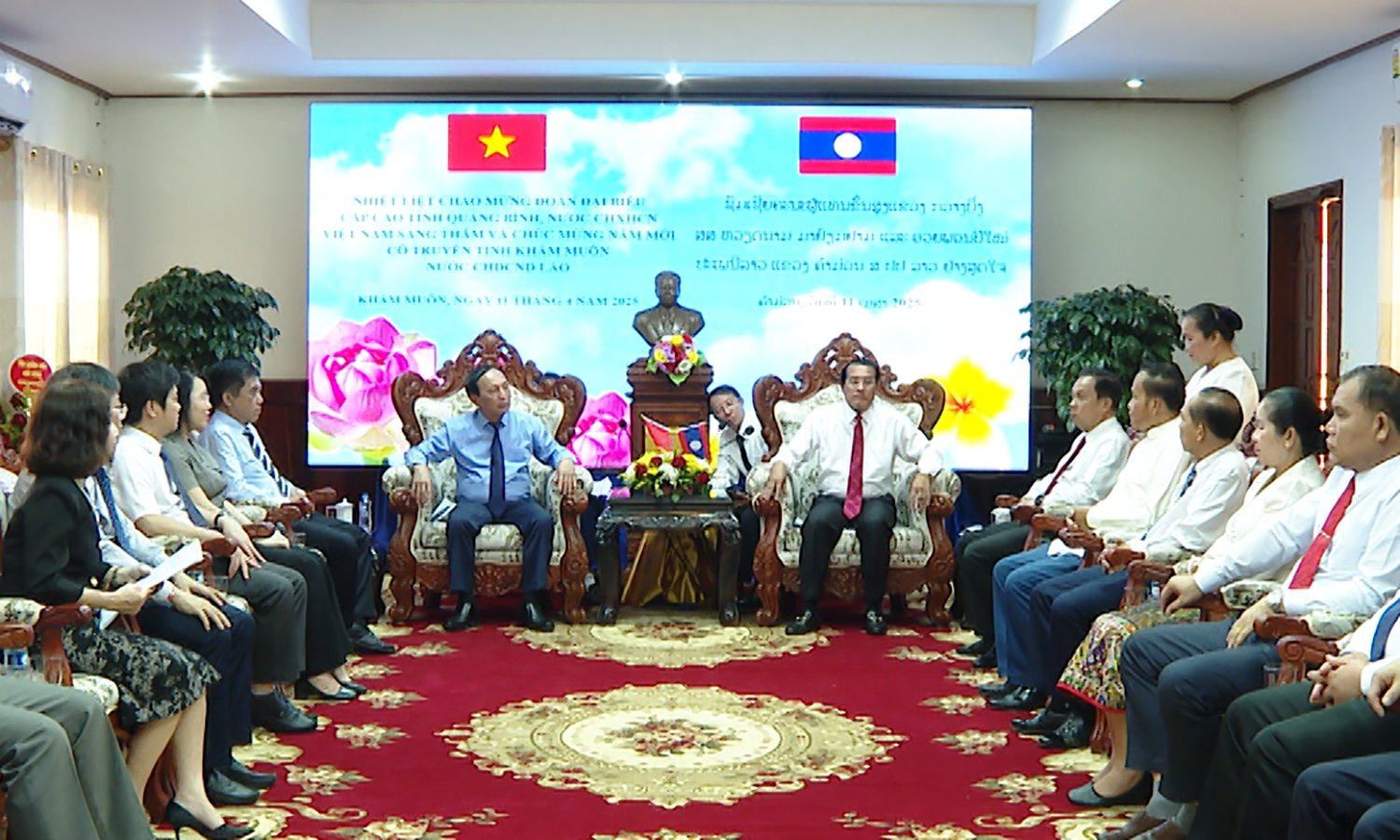
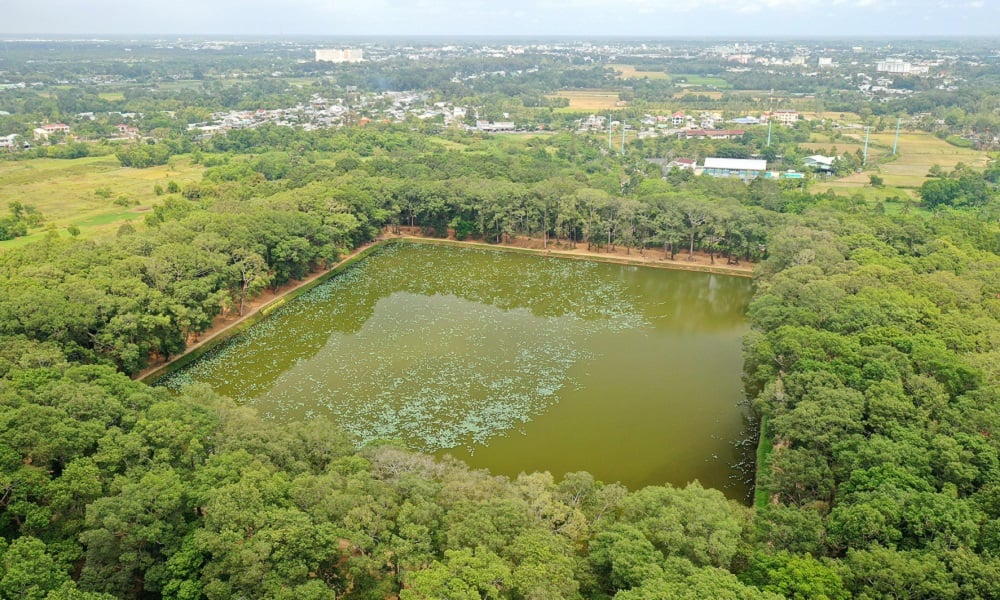






























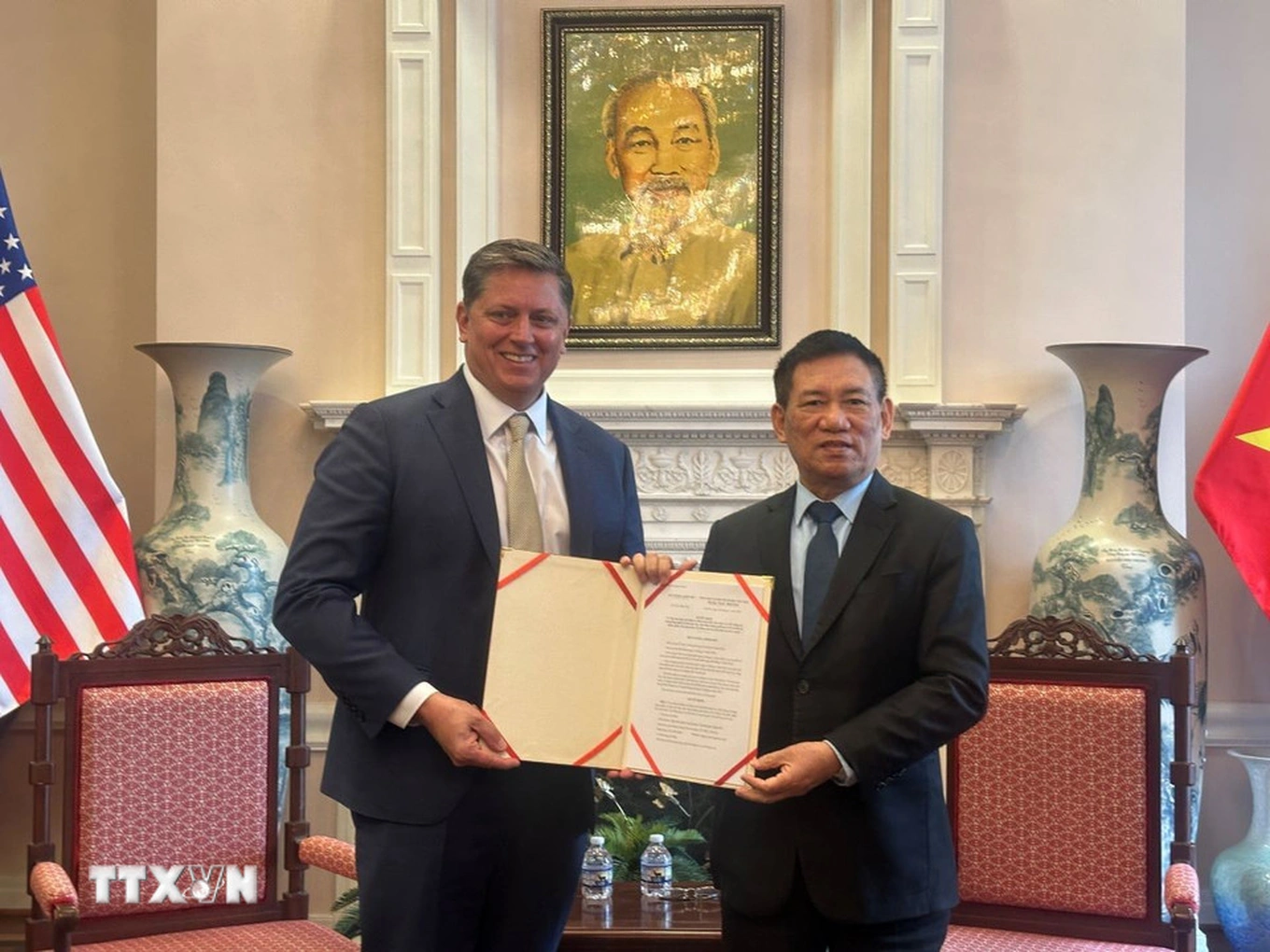
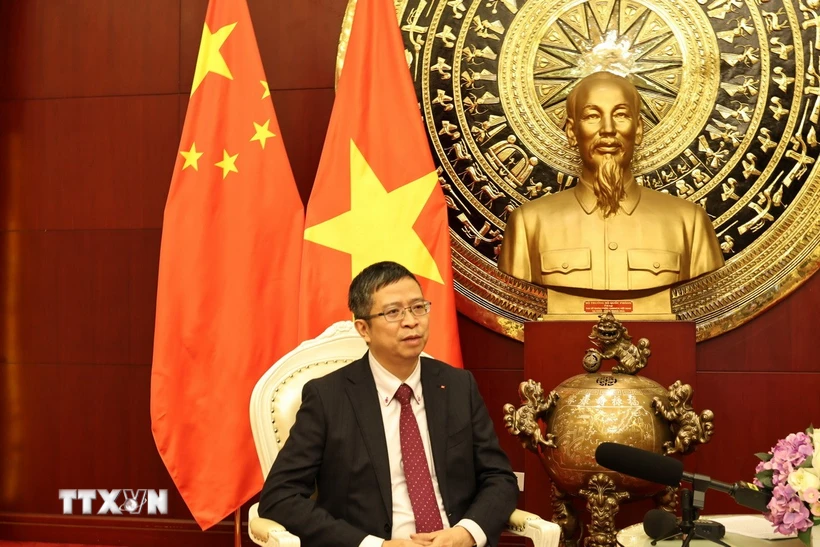
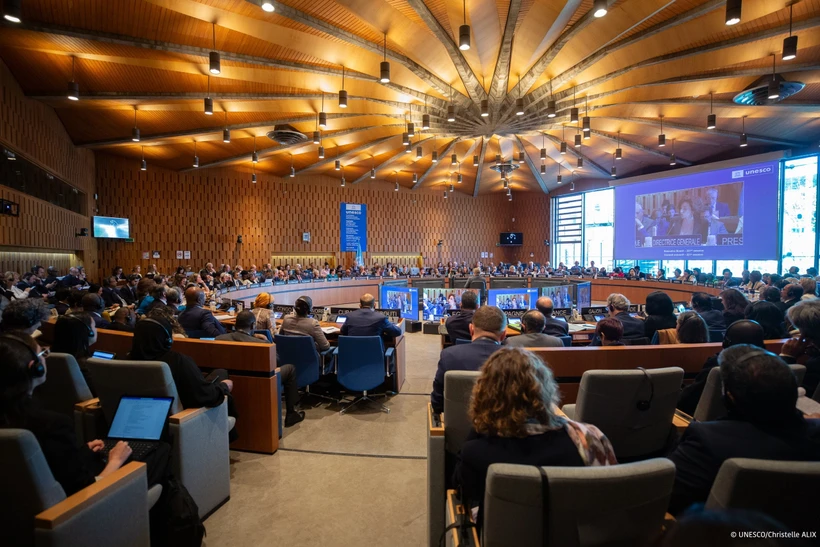
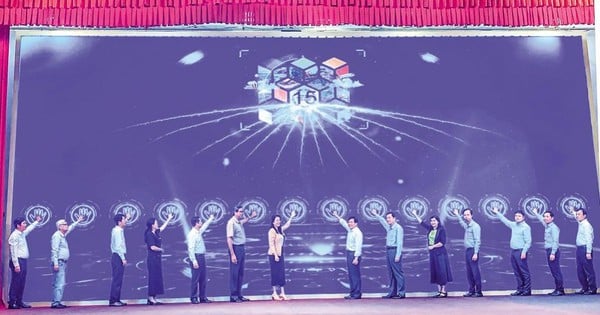

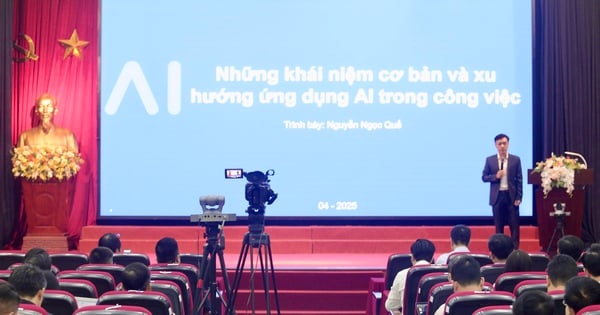

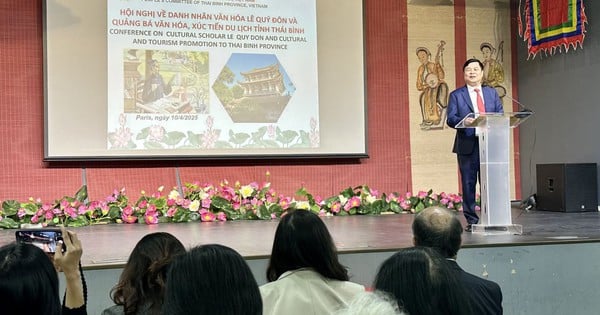



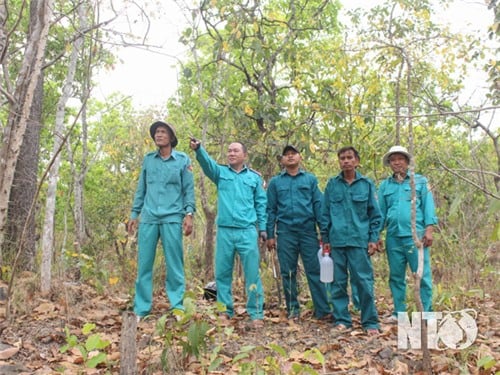

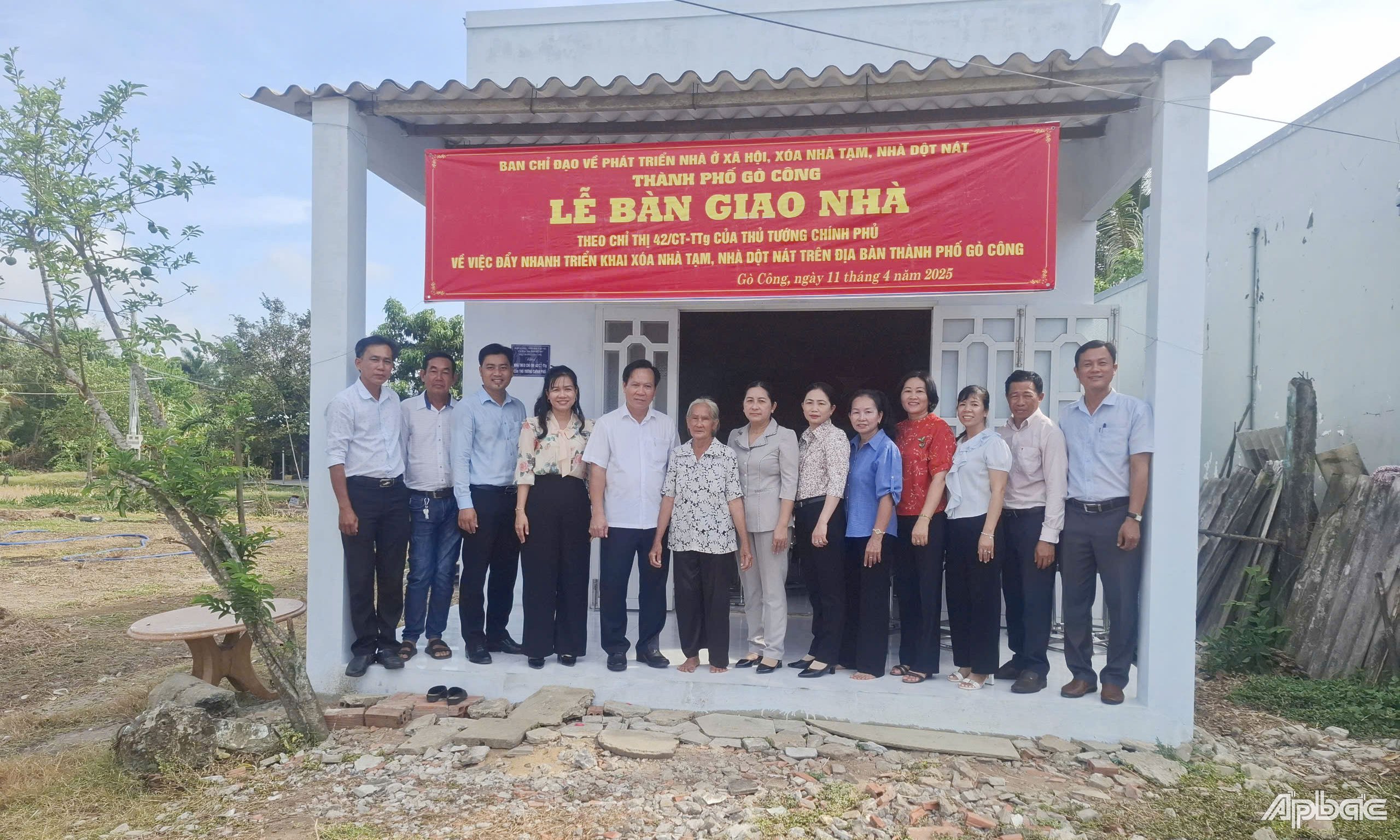



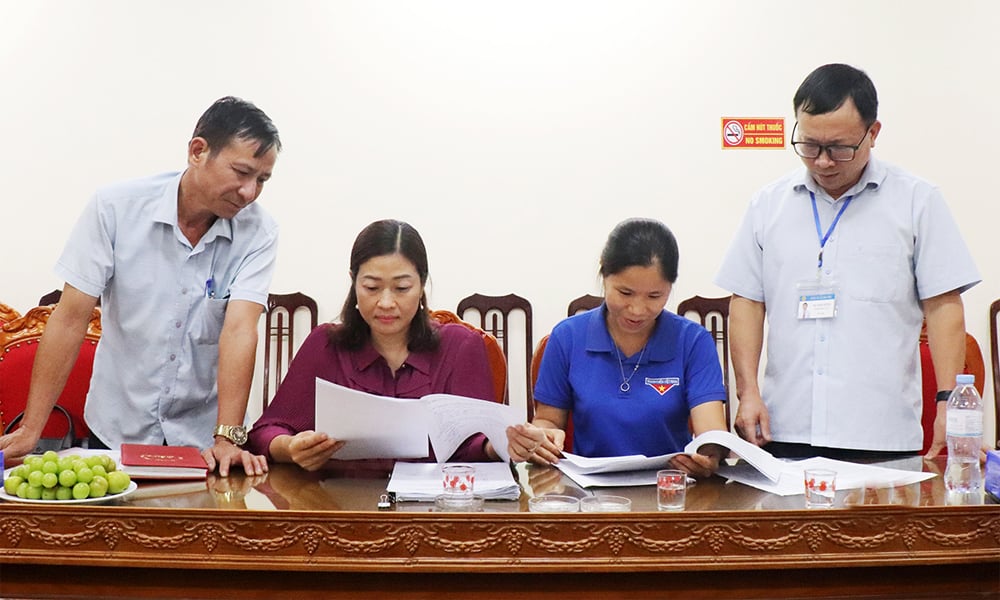

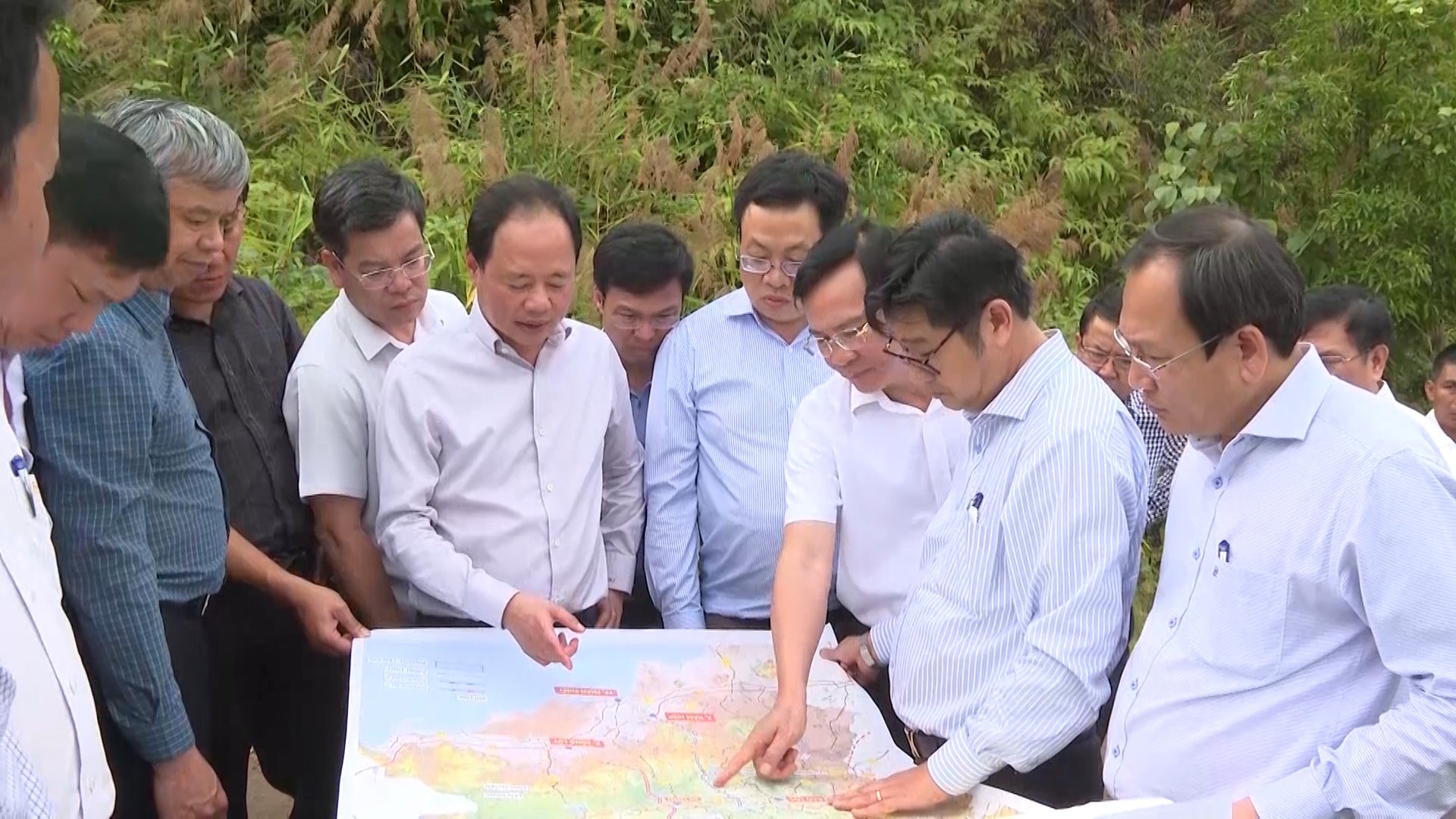











Comment (0)